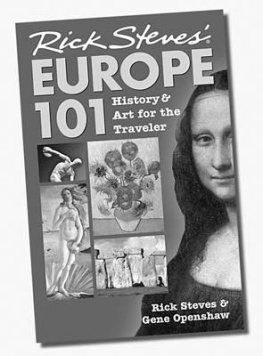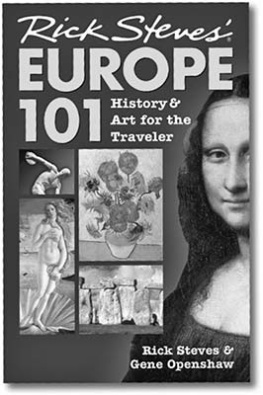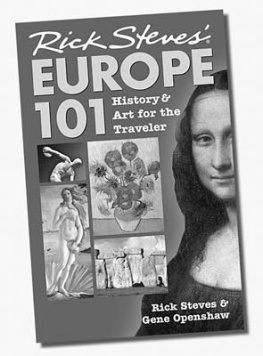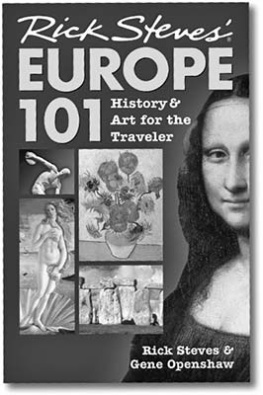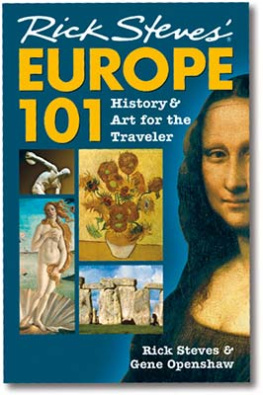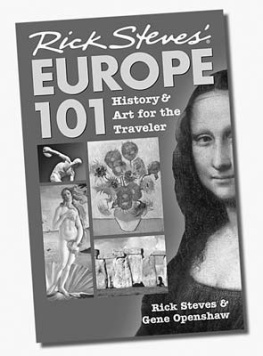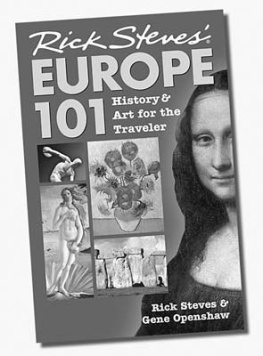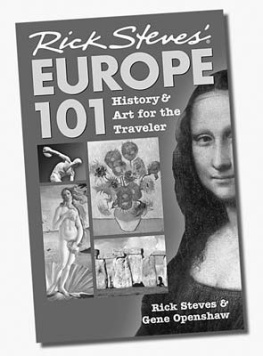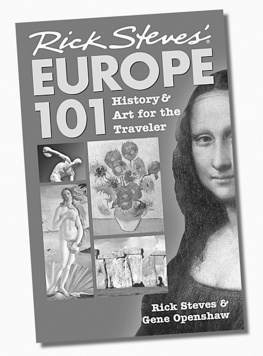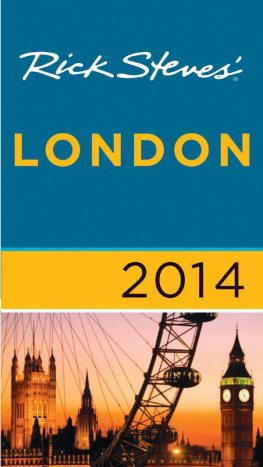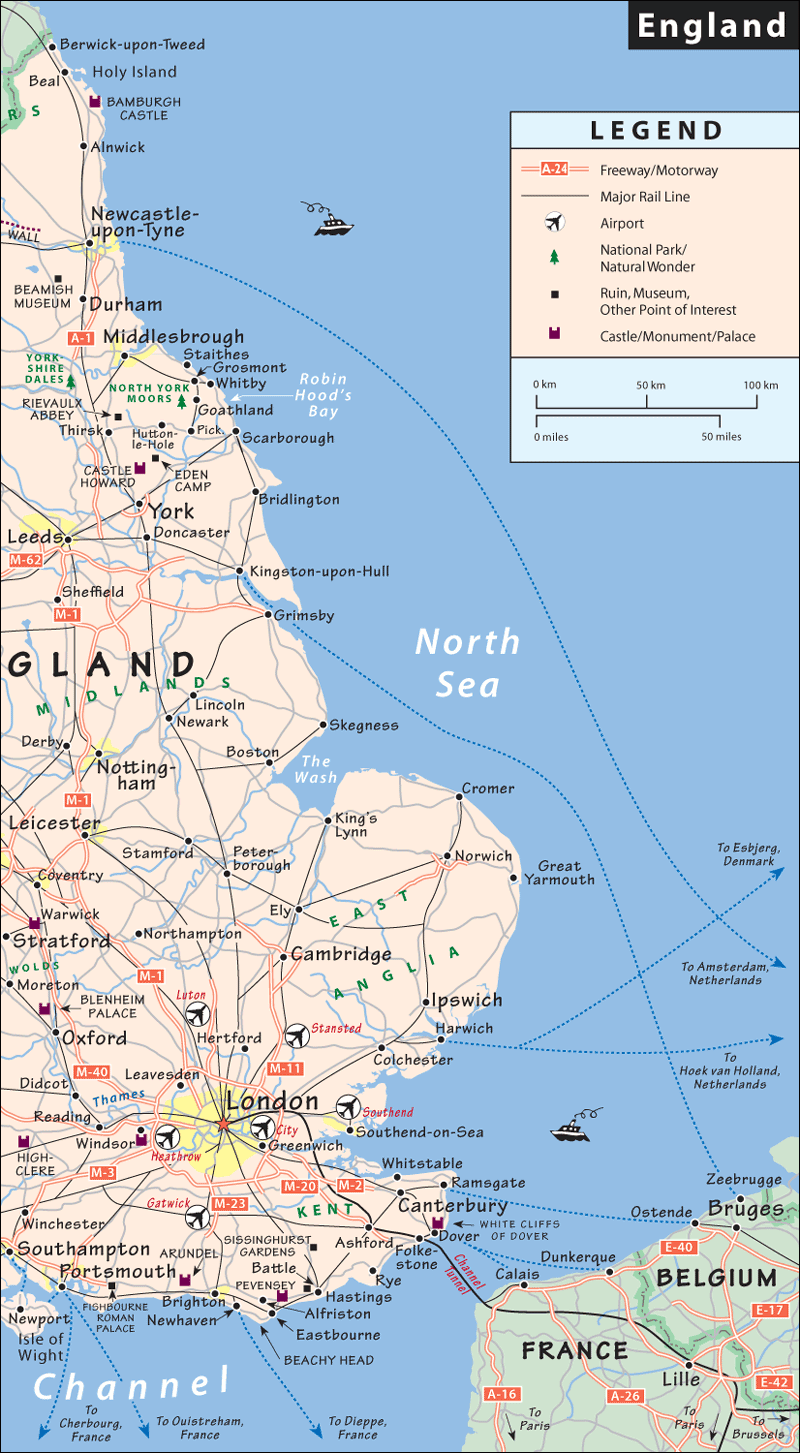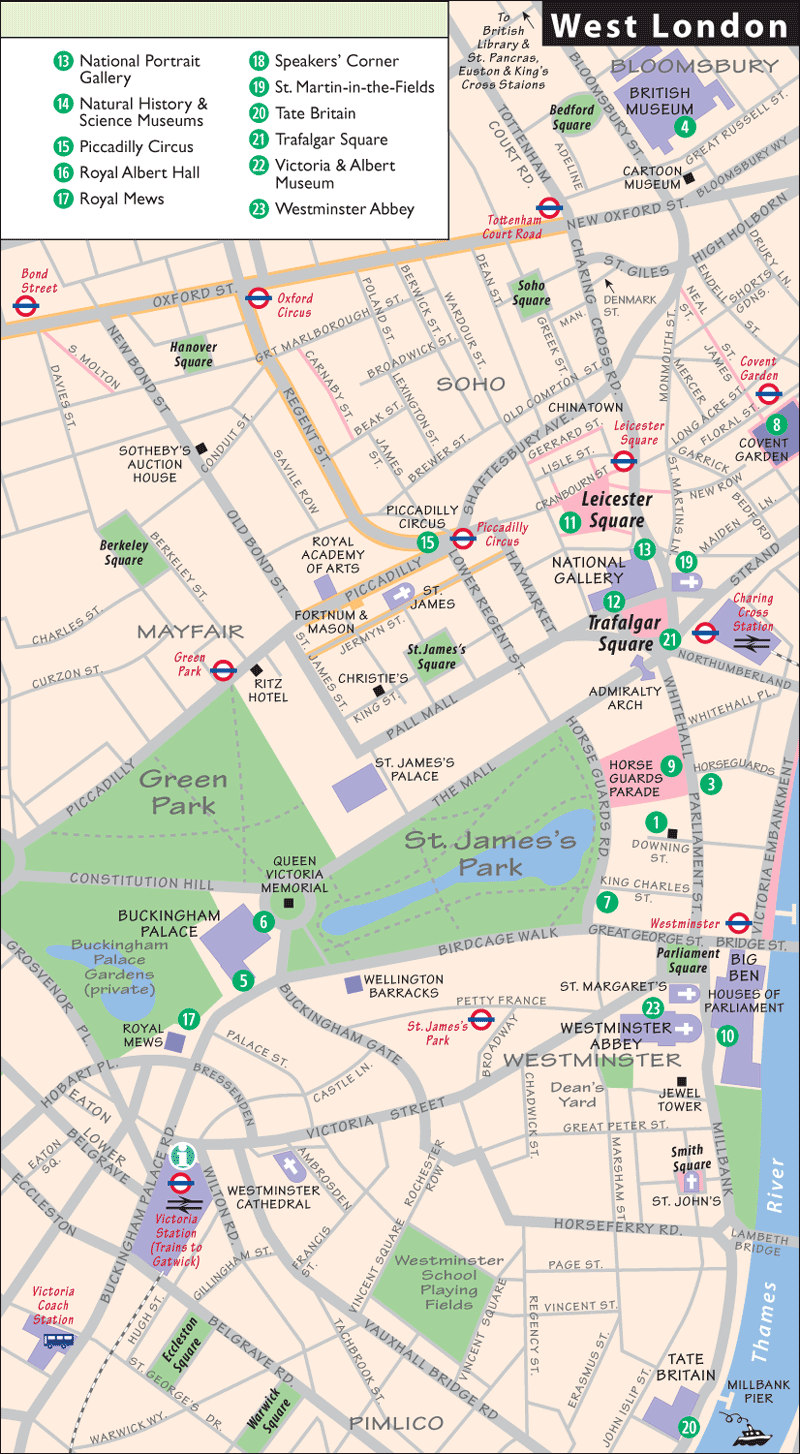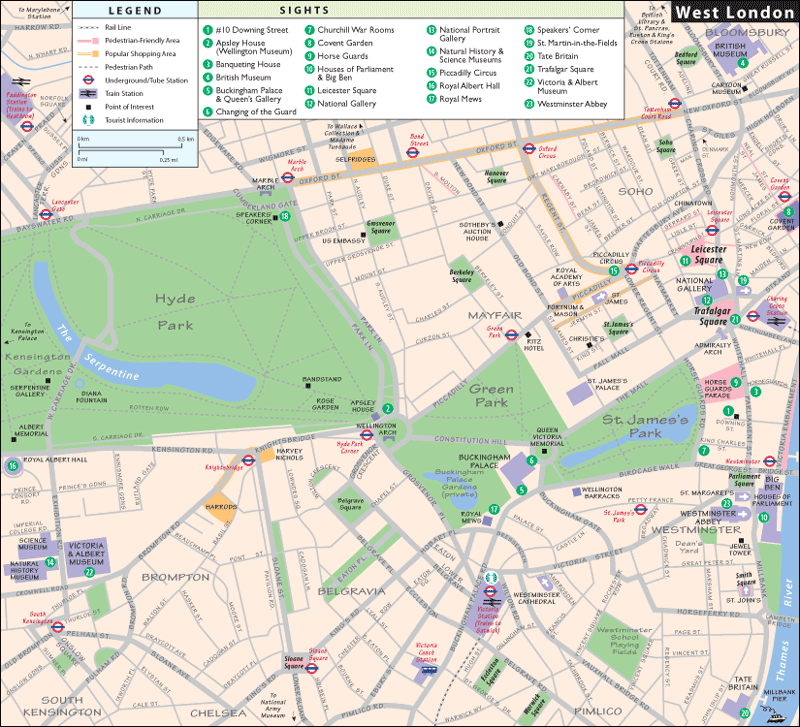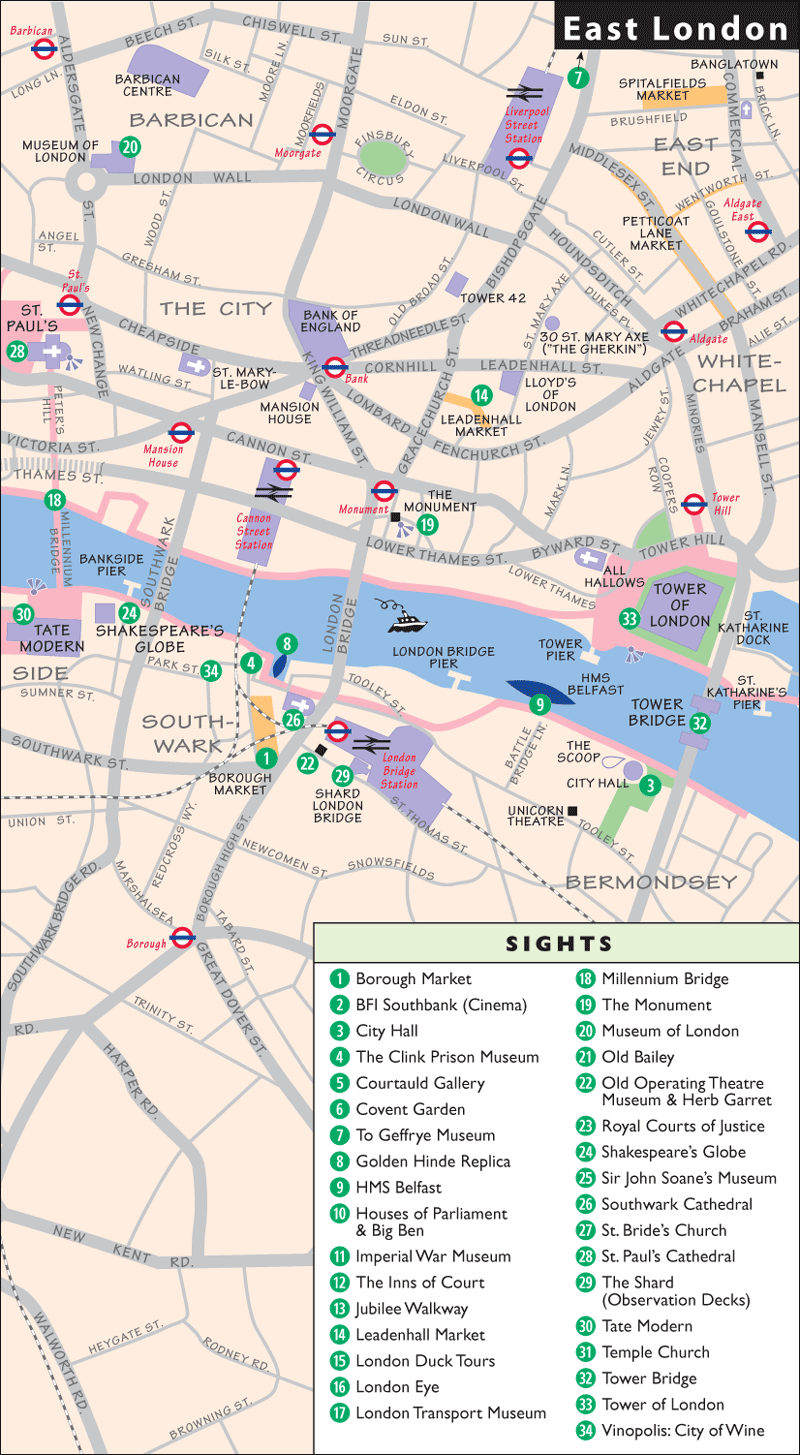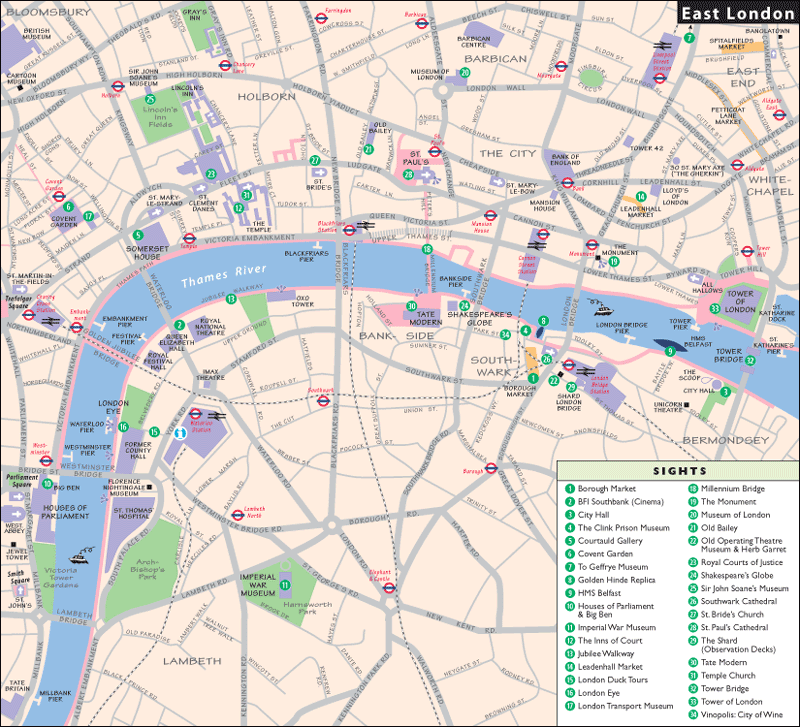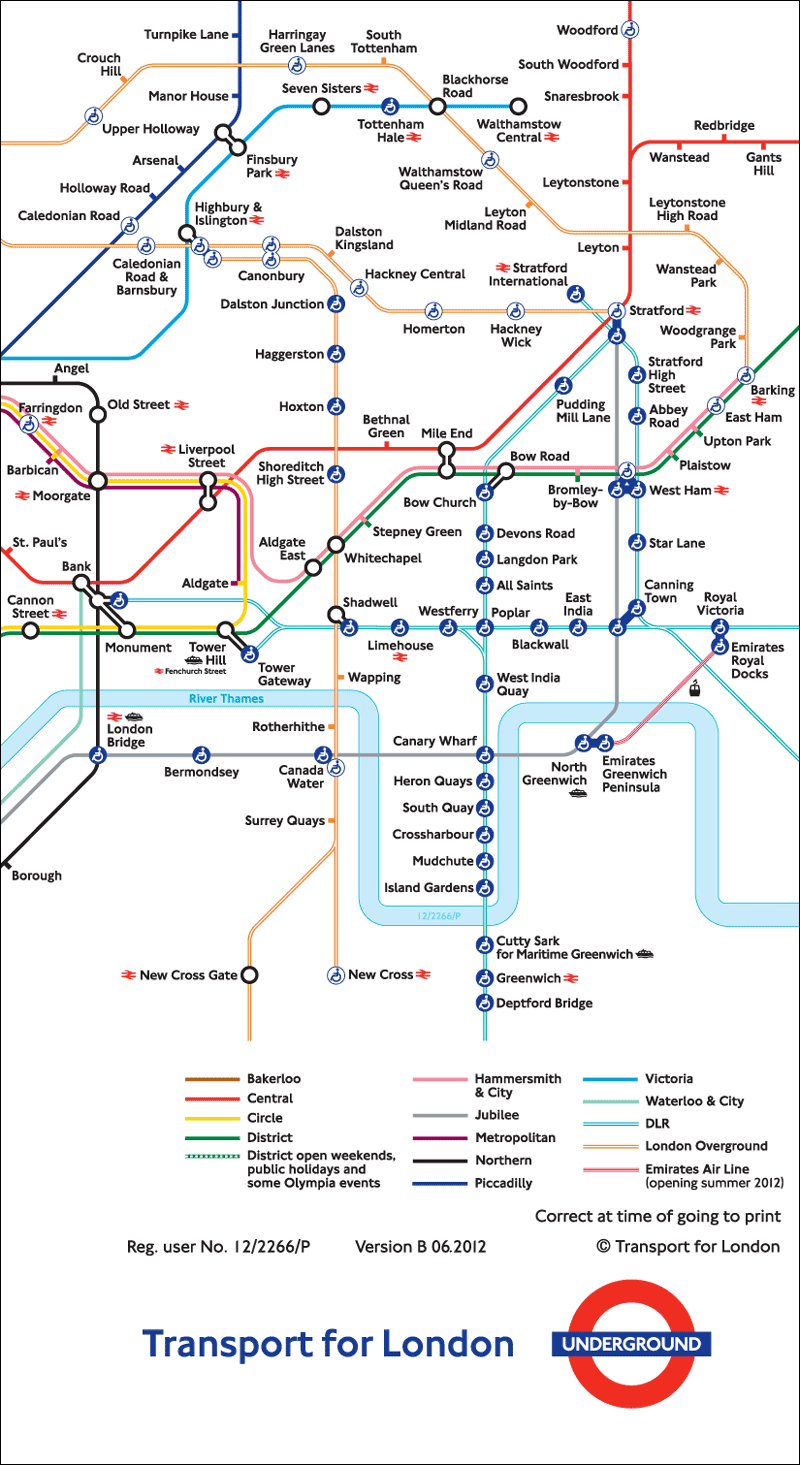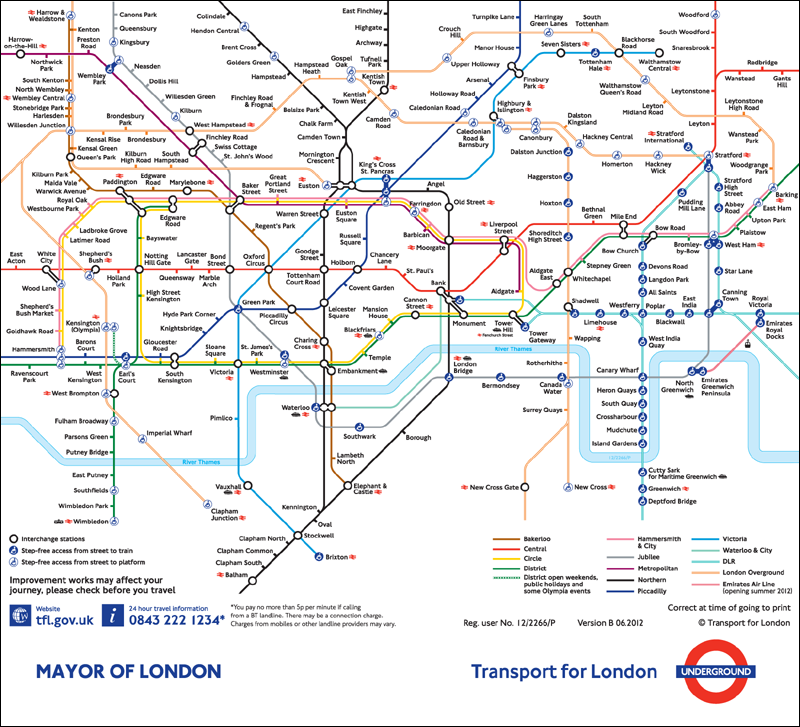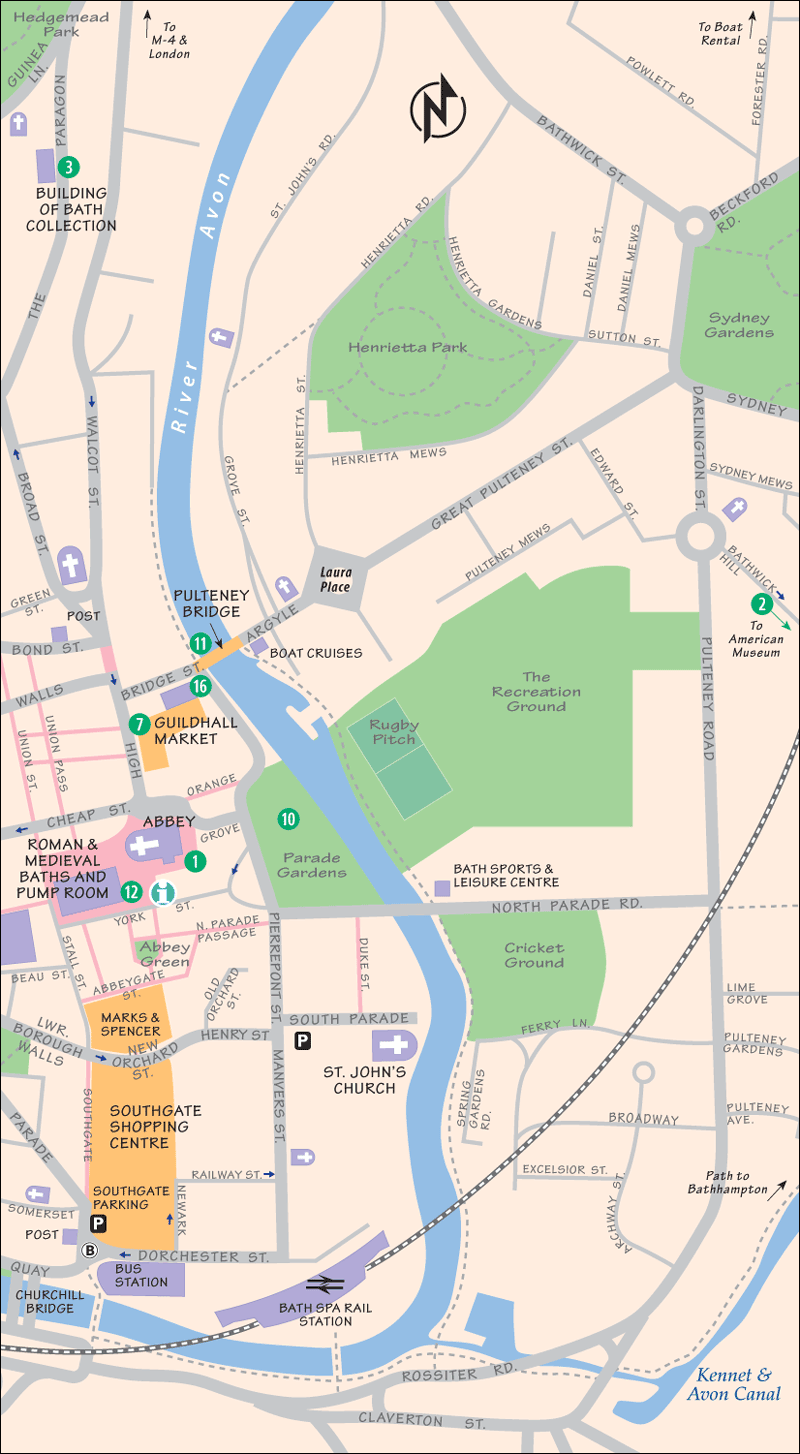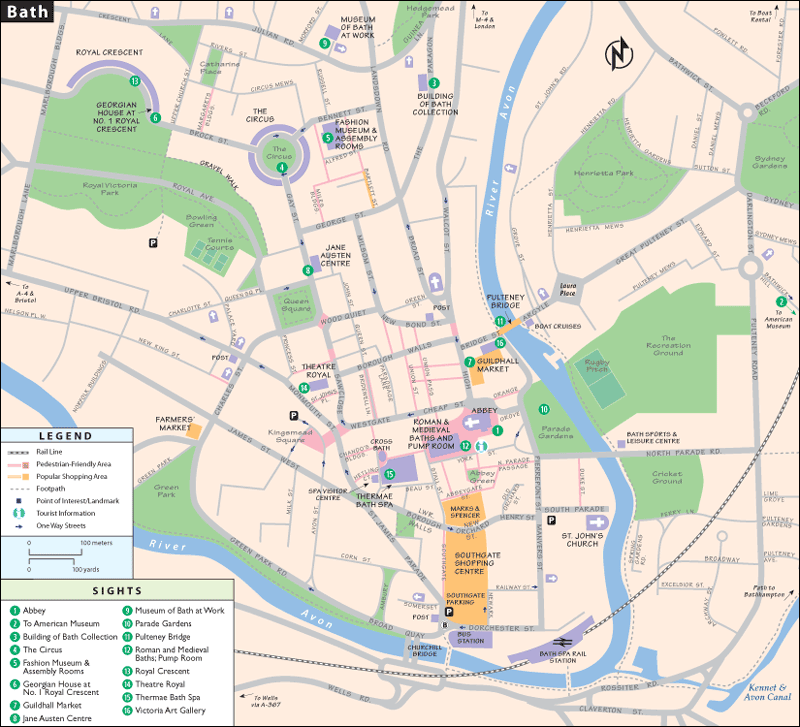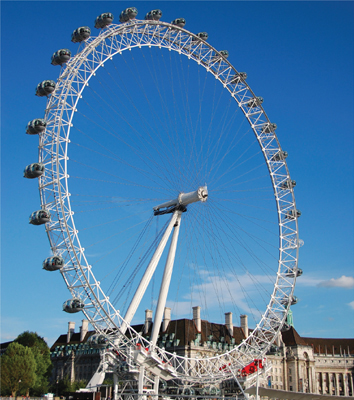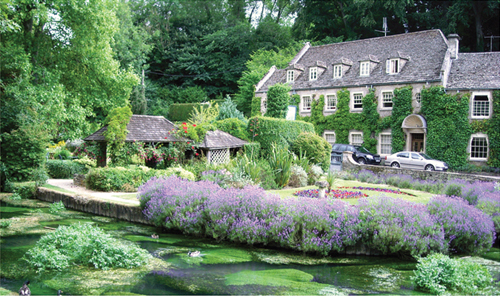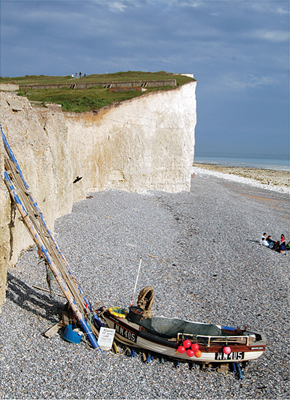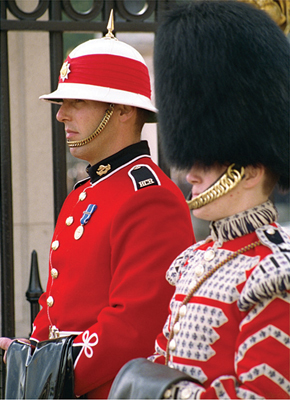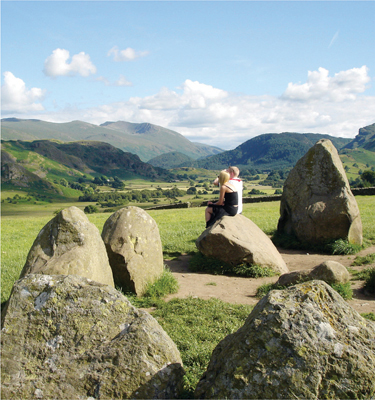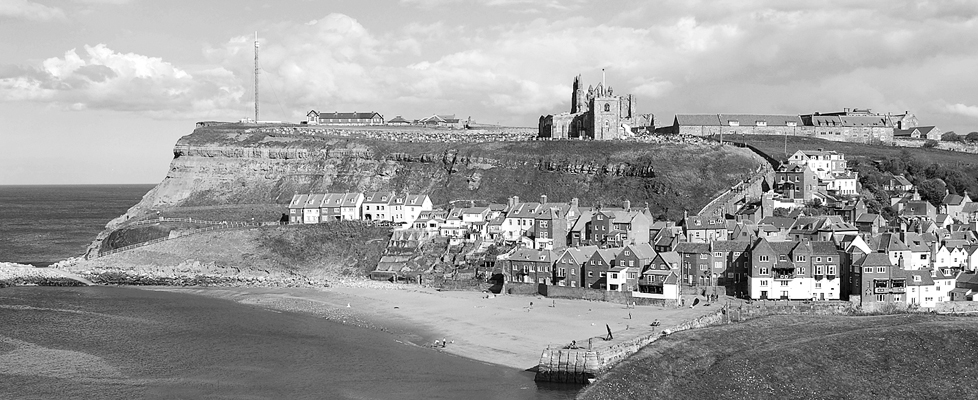Rick Steves'
England
2013
London Eye
Swan Hotel in Bibury
Beachy Head
Londons Guard
Castlerigg Stone Circle
Rick Steves'
ENGLAND
2013
From the grandeur and bustle of London, to the pastoral countryside that inspired Shakespeare, to some of the quaintest towns youll ever experience, England delights. Stand in a desolate field and ponder an ancient stone circle. Strike up a conversation just to hear the Queens English. Bite into a scone smothered with clotted cream, sip a cup of tea, and wave your pinky as if its a Union Jack.
This book breaks England into its top big-city, small-town, and rural destinations. It gives you all the information and opinions necessary to wring the maximum value out of your limited time and money in each of these locations.
Note that this book covers only England, which occupies the southern two-thirds of the island of Great Britain. If you want to visit Wales and Scotland too, pick up a copy of Rick Steves Great Britain instead.
Experiencing English culture, people, and natural wonders economically and hassle-free has been my goal for more than three decades of traveling, tour guiding, and travel writing. With this new edition, I pass on to you the lessons Ive learned, updated for your trip in 2013.
While including the predictable biggies (such as Big Ben, Stratford-upon-Avon, and Stonehenge), the book also mixes in a healthy dose of Back Door intimacy (windswept Roman lookouts, angelic boys choirs, and nearly edible Cotswold villages). This book is selective. For example, while Hadrians Wall is more than 70 miles long, I recommend visiting just the best six-mile stretch.
The best is, of course, only my opinion. But after spending half my adult life researching Europe, Ive developed a sixth sense for what travelers enjoy. The places featured in this book will knock your spots off.
Use this legend to help you navigate some of the maps in this book.
Rick Steves England 2013 is a personal tour guide in your pocket. The book is organized by destination. Each destination is a mini-vacation on its own, filled with exciting sights, strollable neighborhoods, homey and affordable places to stay, and memorable places to eat. In the following chapters, youll find these sections:
Planning Your Time suggests a schedule for how to best use your limited time.
Orientation includes specifics on public transportation, helpful hints, local tour options, easy-to-read maps, and tourist information.
Sights describes the top attractions and includes their cost and hours.
Self-Guided Walks take you through interesting neighborhoods, with a personal tour guide in hand.
Sleeping describes my favorite hotels, from good-value deals to cushy splurges.
Eating serves up a range of options, from inexpensive pubs to fancy restaurants.
Connections outlines your options for traveling to destinations by train, bus, and plane, plus route tips for drivers.
The Great Britain: Past and Present chapter is a quick overview of British history and culture.
The appendix is a travelers tool kit, with telephone tips, useful phone numbers, transportation basics (on trains, buses, car rentals, driving, and flights), recommended books and films, a festival list, a climate chart, a handy packing checklist, a hotel reservation form, and a fun British-Yankee dictionary.
Browse through this book, choose your favorite destinations, and link them up. Then have a brilliant trip! Traveling like a temporary local, youll get the absolute most out of every mile, minute, and dollar. Im happy that youll be visiting places I know and love, and meeting my favorite English people.
Key to This Book
Updates
This book is updated every year, but things change. For the latest, visit www.ricksteves.com/update, and for a valuable list of reports and experiencesgood and badfrom fellow travelers, check www.ricksteves.com/feedback.
Abbreviations and Times
I use the following symbols and abbreviations in this book:
Sights are rated:
| Dont miss |
| Try hard to see |
| Worthwhile if you can make it |
| No rating | Worth knowing about |
Tourist information offices are abbreviated as TI, and bathrooms are WCs. To categorize accommodations, I use a Sleep Code (described on ).
Like Europe, this book uses the 24-hour clock for schedules. Its the same through 12:00 noon, then keep going: 13:00, 14:00, and so on. For anything over 12, subtract 12 and add p.m. (14:00 is 2:00 p.m.).



